Southpaw Stats: 11 Fun Facts About Lefties

Left-handedness
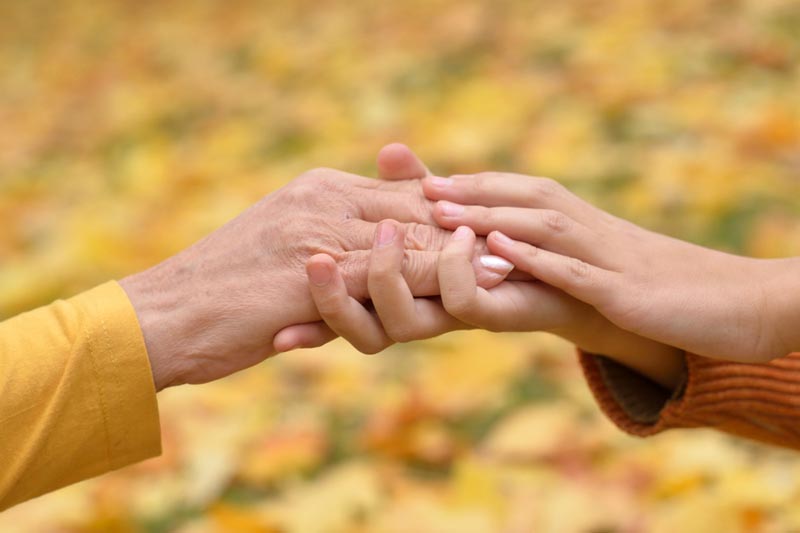
Left-handed people live in a right-handed world: Everything from power tools to can openers are designed with the right-hander in mind.
While the reasons why left-handers make up about 10 percent of the world's population may be a mystery, being a southpaw does seem to be associated with small, population-level differences. From the handedness of chimps to left-handed staircases, here are 10 fun facts about left-handers.
Animal paws

"If we look at animals, like, dogs or cats, or whatever else, they tend to have pawedness. Each animal will favor either his left or his right paw," said Stanley Coren, a psychologist at the University of British Columbia and the author of "The Left-Hander Syndrome: The Causes and Consequences of Left-Handedness" (Vintage, 1993).
Mostly however, there aren't population-wide trends: of 100 cats, about 50 would favor their left paw, while the other half might be righties.
Hints of handedness
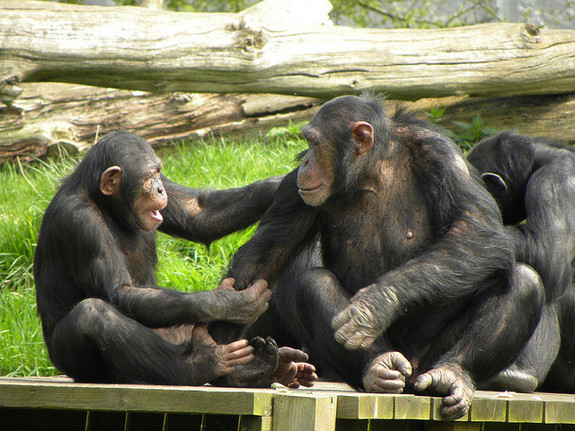
But humans' close relatives — chimps, bonobos, and gorillas — tend to have more individuals that favor their right hand to fish for termites, whereas orangutans tend favor their left, according to a 2011 paper in the Journal of Human Evolution. (In simple tasks, such as reaching for a banana, apes don't show any hand preference, said Violaine Llaurens, an evolutionary biologist at the National Center for Scientific Research in France.)
And there are some Australopithecus fossils where there's evidence that they were bashed on the head by a right-hander, Coren said. That suggests the dominance of the right-hander emerged early in humans' evolutionary history.
Cave paintings
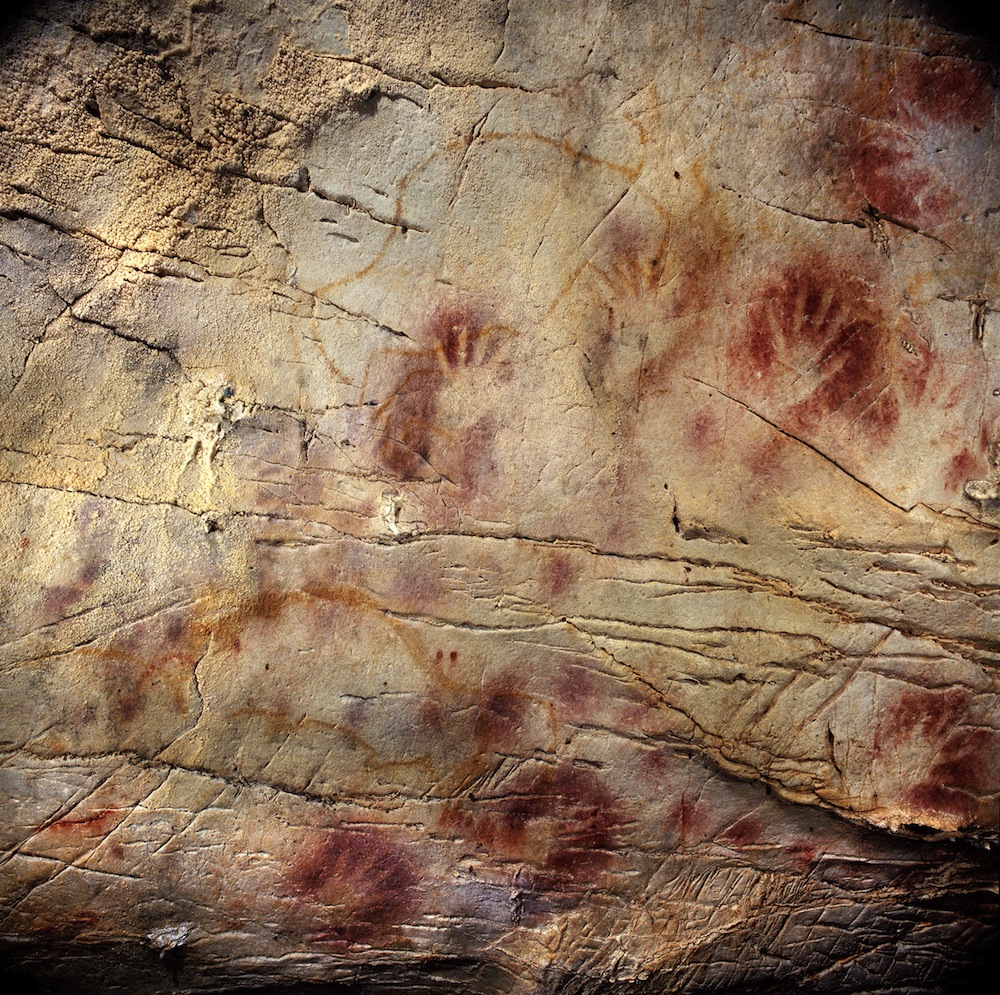
By the time humans were cave painters, most people were probably right handed, Coren said. The majority of figures depicted in paintings holding tools are shown carrying their spear or weapon in their right hand, he said. [Gallery: Amazing Cave Art]
Get the world’s most fascinating discoveries delivered straight to your inbox.
And in cave paintings, where ancient artists blew pigment dust on their hands and left handprints in caves, evidence suggests most painters were already right handed, Llaurens said.
A Continuum

While people typically use the terms right- or left-handed, in fact most people fall along a spectrum of hand dominance depending on the tasks, using their right hand to hold a pencil but their left to swing a racket, for instance, said Llaurens. Only about 1 percent of the population is truly ambidextrous, however.
Genetics
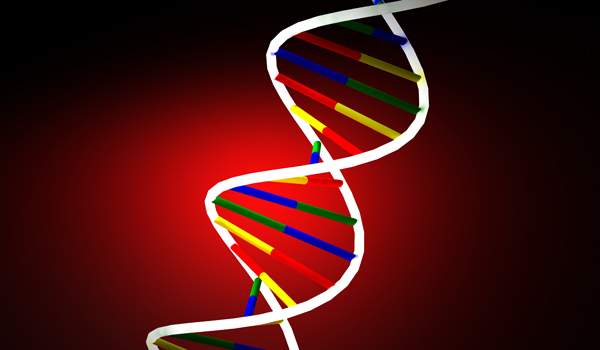
A few studies have suggested that genes may play a role in left-handedness. A 2007 study on dyslexic children, published in the journal Molecular Psychiatry, found that a specific gene called LRRTM1, which is passed on from the father, tended to increase the chances that someone would be left-handed. The same gene seemed to confer a slightly increased risk of schizophrenia.
Environmental effects

It's clear that environment plays a major role in handedness, too. For instance, identical twins often have different dominant hands.
Combat edge
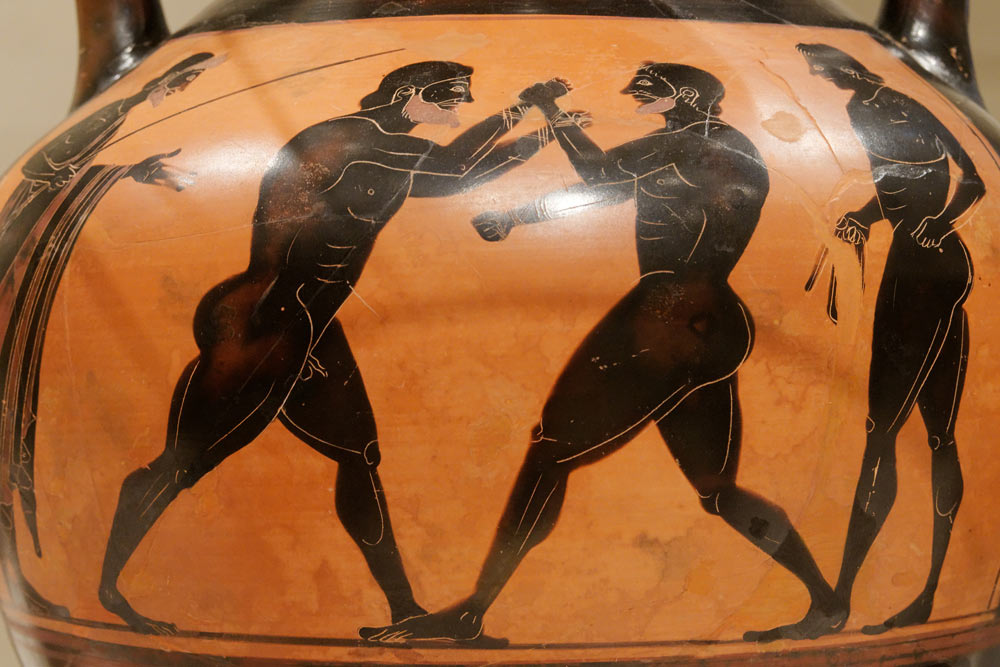
Being left-handed may be an advantage in fights, where a surprise left hook can be a decided plus. But being a leftie only has that perk if it's rare, which may explain why lefties make up between 5 percent and 20 percent of populations throughout the world. Even today, the left-handed advantage shows up in many face-to-face sports. Some studies suggest that up to 45 percent of expert fencers and tennis champions are lefties, Llaurens said.
Right-handed world

Lefties may have an advantage in fights, but the world decidedly favors right-handed people. Everything from hole punchers and children's desks to power tools are designed for righties. That may make left-handed people more prone to get into accidents, Coren said, though some follow-up studies don't support the notion that left-handed people are more accident-prone.
Pluses and minuses

Whereas some studies have tied left-handedness to an increase in schizophrenia and auto-immune disorders, some studies suggest that lefties also tend to be overrepresented amongst geniuses, Coren said. Four of the last seven presidents were southpaws, as were Albert Einstein and Benjamin Franklin. And while lefties tend to excel in visual-spatial tasks such as fine arts and architecture, righties are overrepresented in math and science, he said.
Leftie castle

In medieval castles, staircases are often built so that the defenders at the top have their sword free to swing at opponents, while invaders have their swing impeded by the wall. Legend has it that the warrior Clan Kerr trained to use their weapons in their left hand, and even fitted their lair, Ferniehirst Castle, with staircases that allowed their left-hand to wield a sword at invaders, said Sally Linkenauger, a perceptual scientist at the University of Virginia.
However, one study suggested there was no increased prevalence of lefties amongst the Kerr Clan, so their left-handed staircases may have represented a trained behavior, not a family tendency toward left-handedness.

Tia is the editor-in-chief (premium) and was formerly managing editor and senior writer for Live Science. Her work has appeared in Scientific American, Wired.com, Science News and other outlets. She holds a master's degree in bioengineering from the University of Washington, a graduate certificate in science writing from UC Santa Cruz and a bachelor's degree in mechanical engineering from the University of Texas at Austin. Tia was part of a team at the Milwaukee Journal Sentinel that published the Empty Cradles series on preterm births, which won multiple awards, including the 2012 Casey Medal for Meritorious Journalism.
